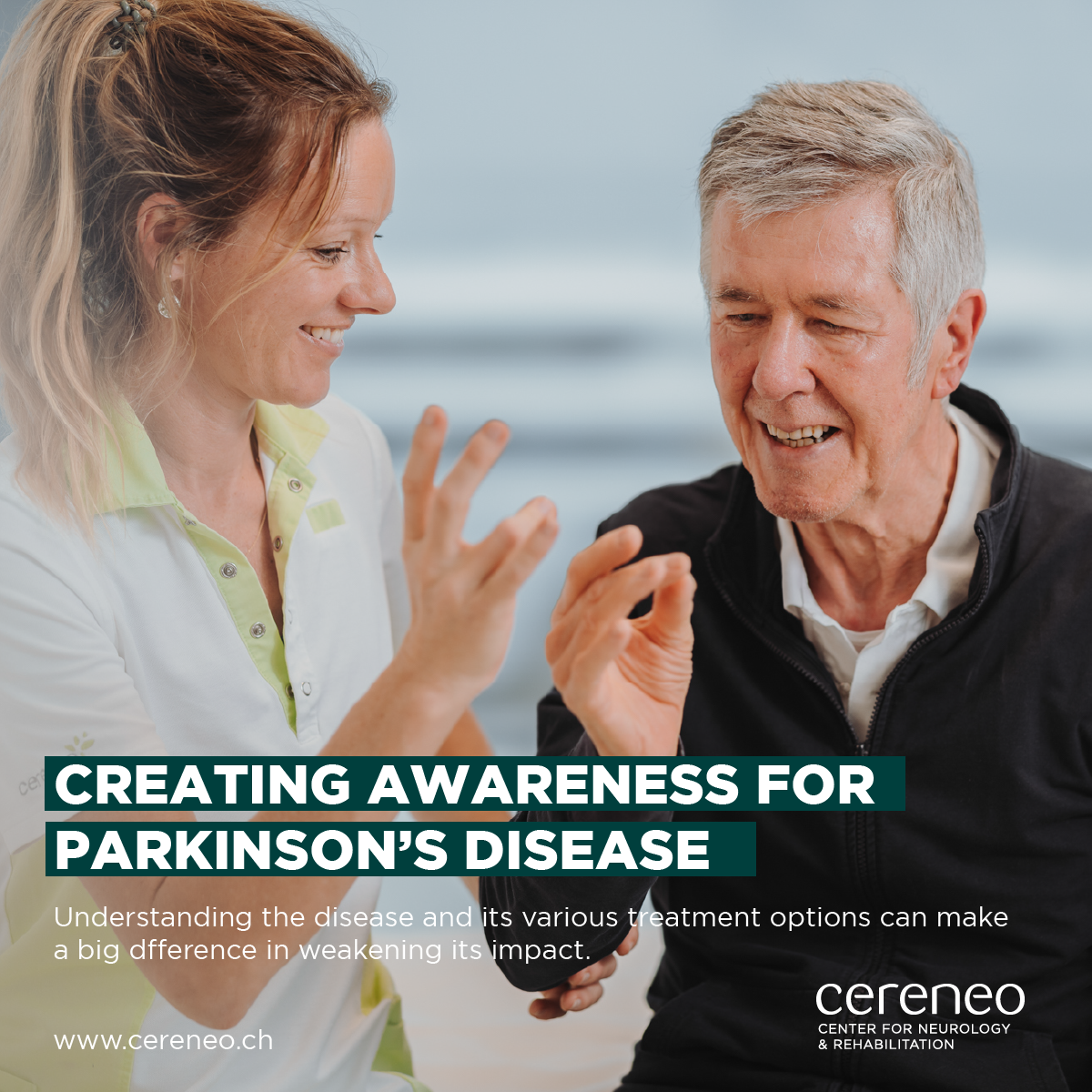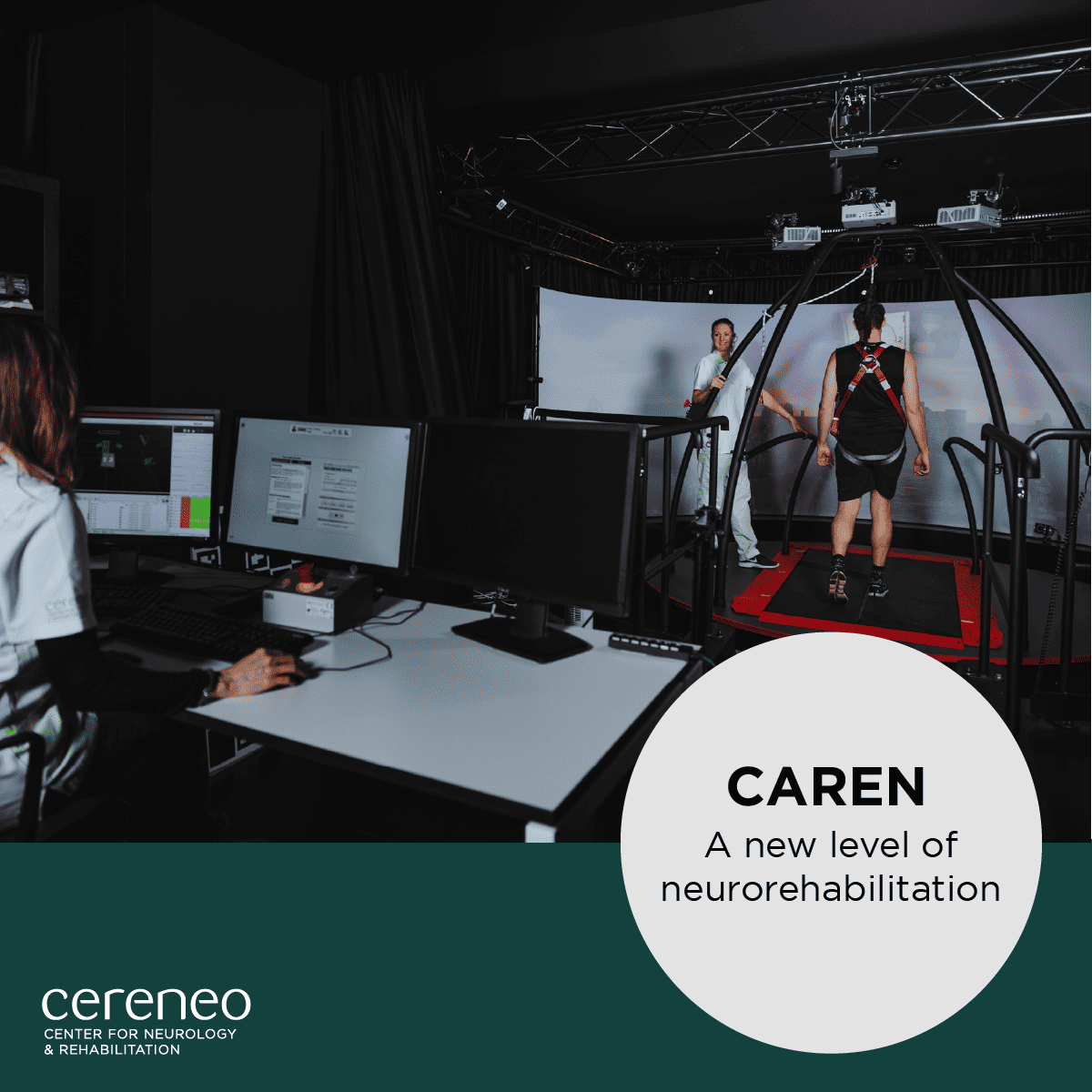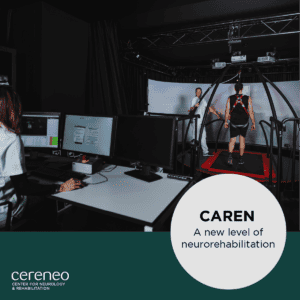Parkinson’s disease is a complex neurological condition that affects millions of people worldwide. While it may seem daunting, understanding the basics of this disease and its various treatment options can make a big difference in weakening its impact and slowing down its progression.
What is Parkinson’s Disease?
Parkinson’s disease is a progressive neurodegenerative disorder that primarily affects movement. It occurs when specific nerve cells (neurons) in the brain, particularly those responsible for producing a neurotransmitter called dopamine, become damaged or die. Dopamine plays a crucial role in coordinating smooth, controlled movements, so its deficiency leads to a wide range of symptoms associated with Parkinson’s disease.
Common Symptoms of Parkinson’s Disease
Tremors: Involuntary shaking, often in the hands, fingers, or other parts of the body.
Bradykinesia: Slowness of movement, making simple tasks like walking or getting up from a chair challenging.
Muscle rigidity: Stiffness in muscles, making movements feel rigid and uncomfortable.
Postural instability: Difficulty maintaining balance, leading to an increased risk of falls.
Bradyphrenia: Slowed thinking and difficulty concentrating.
Emotional Changes: Mood swings, depression, and anxiety are common.
Speech and swallowing difficulties: Speech may become softer and less clear, while swallowing can become problematic.
The Role of Continuous Therapy
While there is currently no cure for Parkinson’s disease, ongoing therapy plays a pivotal role in managing its symptoms. Here’s why it’s so important:
- Slowing Disease Progression: Therapy, which may include medications, physical and occupational therapy, and lifestyle changes, can help slow down the progression of the disease. This means that with the right care, you can maintain a better quality of life for longer.
- Symptom Control: Continuous therapy helps manage the hallmark symptoms of Parkinson’s, such as tremors, stiffness, and slowness of movement. Medications can increase dopamine levels in the brain, alleviating these issues.
- Functional Independence: With consistent therapy, individuals with Parkinson’s can often regain or maintain their ability to perform daily activities independently. This includes tasks like dressing, eating, and bathing.
- Enhanced Quality of Life: Engaging in regular therapy can improve your overall well-being. You’ll be better equipped to engage in social activities, pursue hobbies, and enjoy a fulfilling life.
- Emotional well-being: Parkinson’s can bring emotional challenges, but continuous therapy can help address mood swings, depression, and anxiety, promoting better mental health.
Parkinson’s symptoms can change over time. Thus, regular check-ups with your treating neurologist and continuous therapy makes it possible to adjust treatment plans as needed, ensuring that you receive the most effective care at every stage of the disease.
Treatment options
Next to medication Deep Brain Stimulation (DBS) (link to USZ info on DBS) is a promising treatment option for certain Parkinson’s patients. DBS involves surgically implanting tiny electrodes in specific areas of the brain. These electrodes send electrical impulses to help regulate abnormal brain activity that causes Parkinson’s symptoms like tremors and stiffness. By doing this, DBS can improve a person’s motor function and reduce the impact of their symptoms, allowing them to lead a more normal life. It’s like a “pacemaker for the brain” that helps control the movement problems associated with Parkinson’s disease.
Conclusion
Parkinson’s disease is a challenging condition, but with advancements in medical science, there are various treatment pathways available that offer hope and improved quality of life for those affected. If you or a loved one is living with Parkinson’s disease, consult one of our neurologists (link) to explore the best treatment options for your specific situation. Remember, understanding the disease and its treatments can be a crucial step towards managing its impact and enjoying a better life.










